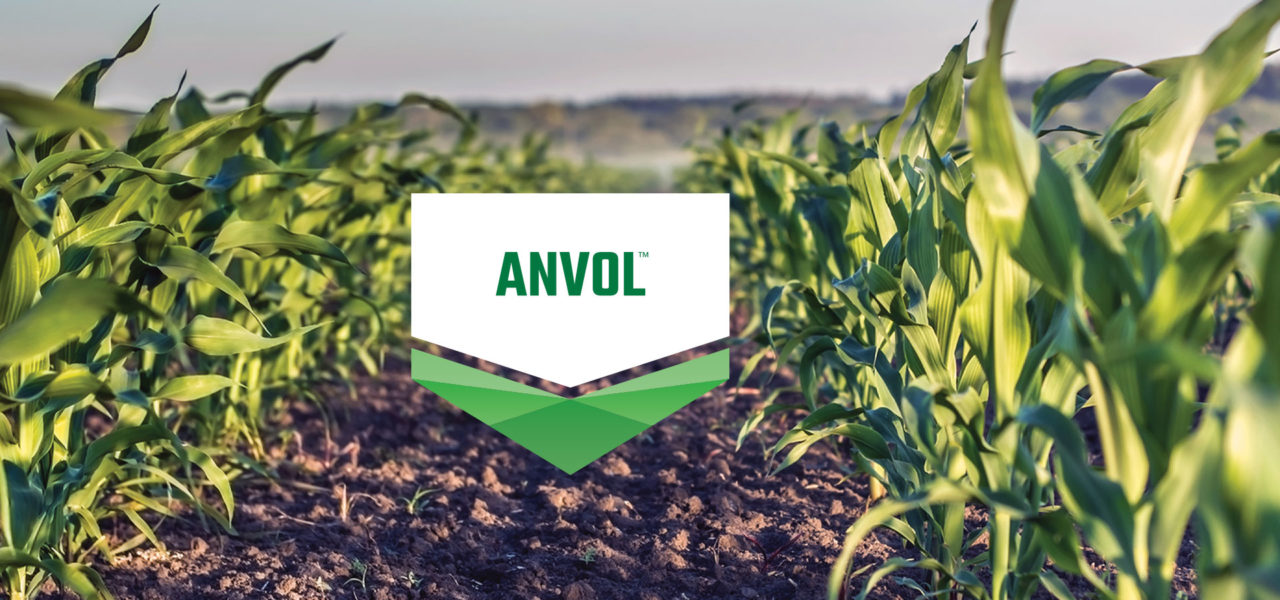Experts: Fertilizer Prices Down
Farmers are benefiting from lower and more stable fertilizer prices this spring, according to Purdue University experts.
“Fertilizer prices have come down substantially in the last year,” Purdue agricultural economist Alan Miller says. “This has had a substantial impact on crop input margins since fertilizers comprise a large portion of those costs.”
According to the USDA’s National Agricultural Statistics Service for the North Central region, between April 2009 and April 2010 fertilizer prices for anhydrous ammonia have dropped by $250 per ton, potassium is down $350 per ton, and phosphate is down $50 per ton.
When ethanol production in the U.S. really took hold in late 2006 and early 2007, it corresponded to booming economic growth and strong demand for crops and energy worldwide. As a result, fertilizer prices rose dramatically.
“Volatile fertilizer prices are difficult for both farmers and agricultural suppliers because it’s not always easy to manage that risk,” says Bruce Erickson, director of cropping systems management at Purdue. “Fertilizers are not traded publicly on an exchange like grains, energy, or stock in a company.”
The worldwide financial crisis added to much lower, more stable fertilizer prices because of weaker worldwide fertilizer demand.
“Fertilizer prices bottomed out last fall and have increased relatively little since then,” Erickson says. “As the price of nitrogen drops relative to the price of corn, the economically optimal amount of nitrogen fertilizer increases. As a result, farmers that may have cut back on fertilizer rates in recent years due to previously higher prices may be feeling a bit more comfortable with their normal program.”
The overall supply of anhydrous ammonia available in the U.S. is expected to be large enough to keep prices in check, but the capacity of the delivery infrastructure has been stretched in some places this spring.
The wet and late 2009 harvest meant less fertilizer went on the fields last fall, and with the early start this spring the distribution system has been tested, Miller says.
Natural gas is used as a feedstock for producing anhydrous ammonia fertilizer, so low natural gas prices also have contributed to more stable fertilizer costs.
“Natural gas prices are low enough currently to give U.S. fertilizer producers a cost advantage for converting natural gas to anhydrous ammonia relative to some of the countries from which we had previously been importing nitrogen,” Miller says.
In the past several years U.S. producers of ammonia fertilizers were at a cost disadvantage relative to other suppliers around the world, and, as a result, more of the nitrogen fertilizer used in the U.S. has been imported.
“It is very possible we will see a decline in nitrogen imports in favor of more production here in the U.S.,” Miller says.
For more information about fertilizer prices, contact Miller at 765-494-4203, [email protected], or Erickson at 765-494-9557, [email protected].
(Source: Purdue Department of Agricultural Economics)






